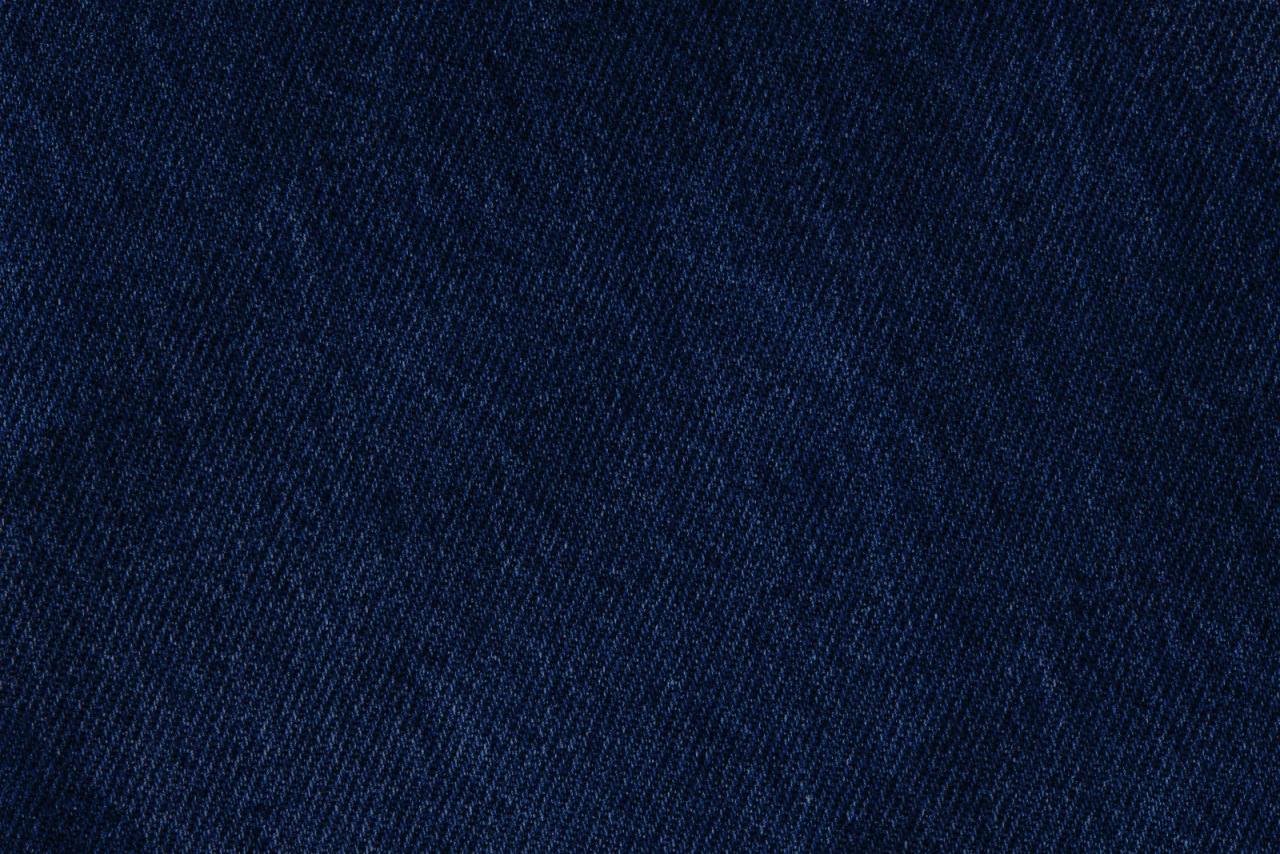The timelessness and durable properties of denim make it one of the most versatile fabrics we have. From jeans and jackets to bags and boots, the uses for denim are endless (just ask Britney Spears and Justin Timberlake circa. 2001). But because our denim items are so popular, we have a tendency to wear them all day, every day, and this can cause some wear-and-tear.
This article will be a guide to the basics of denim jean fabric types to help you figure out the best way to care for them, and repair them if needed, to help you save some money and help save the planet from more fashion waste.
Types of jean fabric, denim fabric properties and uses?
There are so many different types of denim, each of them with their own unique look, feel, and style. Below we’ve listed some common types of jean fabric to help demystify denim:
Raw denim: As the name suggests, raw denim is a fabric that is ‘unwashed’ and ‘unfinished’. Raw denim can be identified by its dark blue colour and stiff handle.
Mid-wash: Mid-wash jeans are some of the most popular jeans. Mid-wash has undergone a mid-length washing process to remove some of the dye and give the denim a softer handle than raw denim.
Acid wash: Acid wash denim became increasingly popular in the late 80s and has sharp contrasts in tonal colour. The unique colouring of acid wash denim is achieved by soaking pumice stones in chlorine and then adding them to the wash process.
Sashiko denim: Sashiko denim is an increasingly popular material used for all kinds of clothing. Created in Japan, sashiko was initially a way of mending material, using intricate patterns and stitching to fix clothing, bedding, and much more. More recently, these intricate patterns have been used to create beautiful items of clothing, giving them a pre-worn, ‘distressed’ look.
Properties of denim
Denim is created with clean cotton fibres combined into long strings, which are woven tightly together with an industrial machine. The key denim fabric properties — durability and thickness — come from the strength of these twists of yarn. This tightness also means that when the material is dyed, only the surface receives the dye and the thread below remains white. Below are some of the common properties of denim jeans:
Weight: Traditionally, denim is a weighty material, due to the thickness of the fabric. Heavier fabrics are likely to become jeans and jackets, whereas more lightweight denim is now used to make skirts, dresses, and shirts.
Thickness: The strands of cotton are woven tightly to provide protection and prevent a tear.
Stiffness: As seen above, how stiff your denim jeans or clothing is will depend on the type of denim – raw denim will be quite stiff whereas mid-wash denim fabric properties make it softer.
So, what are the pain points of denim?
Uneven colour fade:
Washing and wearing can cause uneven colour fade
Colour transfer:
Sometimes, denim colours can transfer onto other garments
Shape loss:
Seam-twisting and bagging can sometimes occur
Freshness:
If not washed properly, denim can suffer from malodour and lack of freshness!
How to care for different properties of denim fabric
Some denim aficionados insist you should never wash your jeans to give them a better look and prevent colour running. While this may be a great way to preserve water, it’s not really the best way to keep your jeans looking, and feeling, (and smelling) great.
However, it is true that you don’t need to wash your jeans as regularly as you would other items of clothing – we recommend every 3-10 wears, or when they get visibly dirty or smelly. Generally, it’s best to wash raw denim less to maintain the look and feel of the fabric, whereas mid-wash denim can be washed more frequently. It’s important to be more careful with items such as sashiko denim, to prevent damage to the stitching. Follow these simple steps to care for your denim.

Washing denim
Make sure any zips and buttons are done up – this will help your item of clothing keep its shape and prevent it from snagging inside the machine.
Turn your jeans or denim items inside out – this should minimise fading and wear-and-tear.
Wash your jeans on a cool setting to ensure the colours don’t run. Use a fabric conditioner.
Leave your jeans to air dry.
Why use a fabric conditioner?
When washing your denim, a little bit of fabric conditioner can go a long way. Here’s why:
Long-lasting clothes. Smooth fibres mean less friction in the wash. Less friction = less wear and tear.
Helps to retain their shape. Don’t let your favourite t-shirt become a crop top!
Helps protect against colour fading. Keep your clothes the colour they were when you fell in love with them.
Softer clothes. Amazing softness even for sensitive skin! Comfort’s Pure range is dermatologically tested, so every drop is a tiny dose of love. You can check Comfort Pure here!
Fast-drying. No need to wait for ages for your favourite outfit to dry.
Easier to iron. Look sharp 24/7.
Freshly scented. Comfort’s fragrances keep your clothes smelling amazing.
For more tips on how to wash your jeans, check out this guide.
Repairing denim
There’s nothing more annoying than ripping your favourite item of clothing, particularly if you’ve had it for a while and is no longer in stock. You can, of course, just play it off as intentional and rock the ‘ripped denim’ look.
But, if ripped jeans aren’t your style, or the rip isn’t exactly in a place where you can get away with it, don’t throw your clothing away – repair it instead! Don’t worry if you’re a first timer at repairing denim, this simple guide has you covered!
Repairing denim: Fixing tears
Turn your jeans inside out.
Bring the edges of the tear together so the edges are inside.
Keeping the stitches as narrowly spaced as possible, take a needle and thread and sew the edges together.
Turn your jeans back the right-way-out and then iron the area back into shape – the heat will also help seal the repair.
Alternative denim fix: Sashiko denim repair
Feeling adventurous? Why not try creating your own version of sashiko denim? Repairing your denim is not only fun but stylish as well. In essence, sashiko denim repair involves laying a patch over or under a rip or hole in your denim, then securing the patch into place and strengthening the area by making decorative stitches all over it. For a classic sashiko denim repair effect, use a patch of darker or matching denim and stitch over with white thread — you can get special sashiko thread which is similar to embroidery thread.
And there you have it! While we’d be here for hours if we listed all the different types and properties of denim, we hope this guide has provided a handy and simple-to-use starter guide for your denim queries. For all your clothing care questions, Comfort has got you covered.


